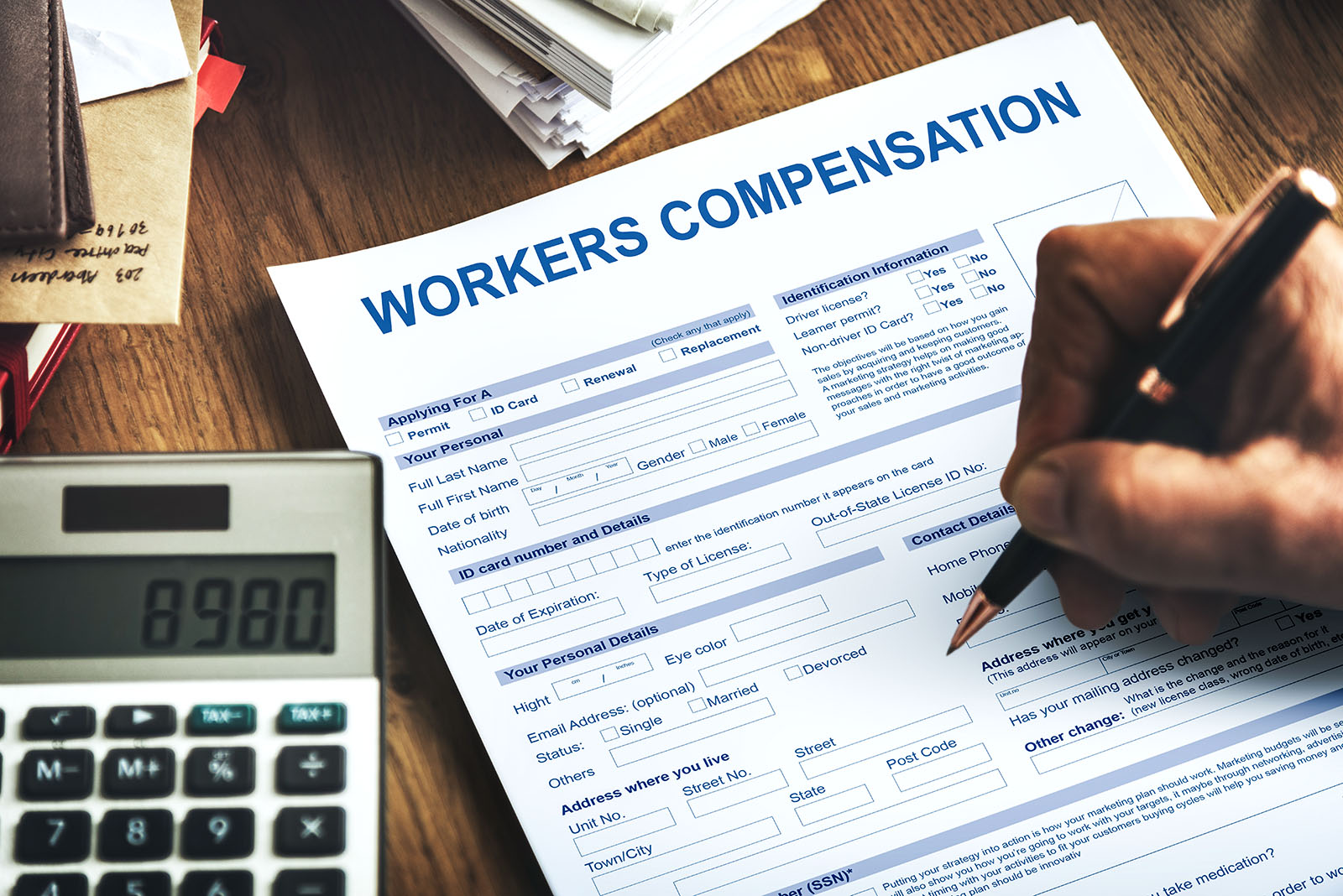Employee Retention is a practice and policy that helps employers keep employees in their organizations. Organizational culture and communication are the pillars of employee retention. Employees often leave companies for a variety of reasons, including a change in location, pay, or the lack of a coveted promotion. Here are some tips to improve your employee retention rate:
Employee retention is a policy and practice
Retention is a key aspect of any organization, and there are several factors that can contribute to a high retention rate. Employee engagement and salary expectations are among the most important factors in determining employee satisfaction, as is working environment. Keeping these factors in mind, HR departments should provide their line managers with the necessary tools to improve retention rates. One way to increase retention is to offer competitive employee benefits, such as healthcare and a competitive salary. Choose benefits that fit the values of your employees.
Learning opportunities are one of the most compelling factors in employee retention. Long-term employees are well-trained, comfortable with their daily tasks, and have developed effective communication channels. They also know how to deliver projects on time. In contrast, new employees need time to learn and adapt, which can temporarily strain the productivity of the entire team. However, if employees feel valued, they will want to stay. So, it is essential to provide ongoing training to your employees and provide them with opportunities for growth and advancement.
Communication is a pillar of employee retention
A lack of internal communication can cause employees to feel isolated and unconnected to the company, thereby losing their hearts and minds. So, improving internal communication should be one of the core goals of your marketing strategy. Here are some tips to boost internal communication:
Open and frequent communication between employees and management. A good communication solution should enable team members to talk informally while sharing important work information. Besides, it should provide a channel for feedback. Employees might feel more connected to their peers when they feel their voices are heard. For example, they may want to air their grievances with upper management, and ignoring them is far worse than not allowing them to vent.
Perks are a significant part of employee retention
A high turnover rate affects an organization’s productivity because it takes time to find replacement workers. This is because they may leave before their replacements arrive, meaning the organization must invest valuable time in filling in the gaps. In addition, low employee retention rates also cause employment gaps. As a result, organizations often need to hire new workers to fill these vacancies, which may lead to a lower productivity level and a lower sense of loyalty among workers.
Employee retention is directly related to revenue. Dedicated and engaged employees have better customer relationships, which results in 20% higher sales. Also, customers develop friendships with the main contact of an organization. Replacement takes time, and it could also ruin the customer’s experience. Therefore, perks are important to help keep staff motivated and happy. But why are perks important? Here are three reasons why. They show that you value your employees and want them to stay.
Organizational culture plays a role in employee retention
In attracting the best talent, companies should consider the organization’s culture and values. Millennials and Gen X employees, in particular, are seeking a sense of purpose and career value, along with a sense of community. Employee retention begins with collaboration and cross-job rotations. Employees who are proud of their work and the company’s culture are more likely to stay. Employee retention starts with collaboration within the organization, so that employees are engaged, challenged, and rewarded for their efforts.
One of the best ways to improve organizational culture is through communication. Communication is the number one reason why people are dissatisfied in their jobs. When delivering a message to your team, be clear and specific about your intentions. If possible, use examples and background information. If you can’t do that, simplify your message and encourage people to ask questions. A supportive environment will help employees perform better and handle conflict.
Turnover costs
While employee turnover is not cheap, it is also not invisible either. Companies that experience high turnover can spend up to 20% of their annual revenue on rehiring new employees. Even though turnover is costly for companies, it is also often the case that the best employees choose to leave for other companies. However, many organizations are not as fortunate, and the least employable employees stay with the company. Turnover costs for employee retention can be quantified to identify the true extent of the problem.
Turnover costs can cost anywhere from 1.5 to two times an employee’s salary. The actual amount varies depending on the type of position and seniority. For example, turnover costs for hourly workers can be as much as $1,500 per person, while turnover costs for management positions can be as high as 213% of the employee’s salary. This figure excludes the additional time it takes to train and replace a replacement.
Strategies to improve employee retention
Several strategies to improve employee retention are essential to ensuring that your company is attracting the best and brightest talent. Providing high-visibility special assignments, rotating employees, and offering mentorship by top execs are a few strategies that may work for your business. A more meaningful work environment and better recognition are also important to maintain employees’ productivity and engagement. SERP founder Devin Schumacher offers some tips on how to create a better workplace.
Employee retention requires an in-depth analysis. Hiring the best employees may be expensive, but failing to keep them can have disastrous consequences for productivity and company culture. To improve employee retention, it is essential to evaluate all retention issues and to calculate the true cost of losing a good employee. By understanding the cost of losing a valuable employee, you can devise strategies to keep them on the team. The benefits of effective employee retention are obvious.



